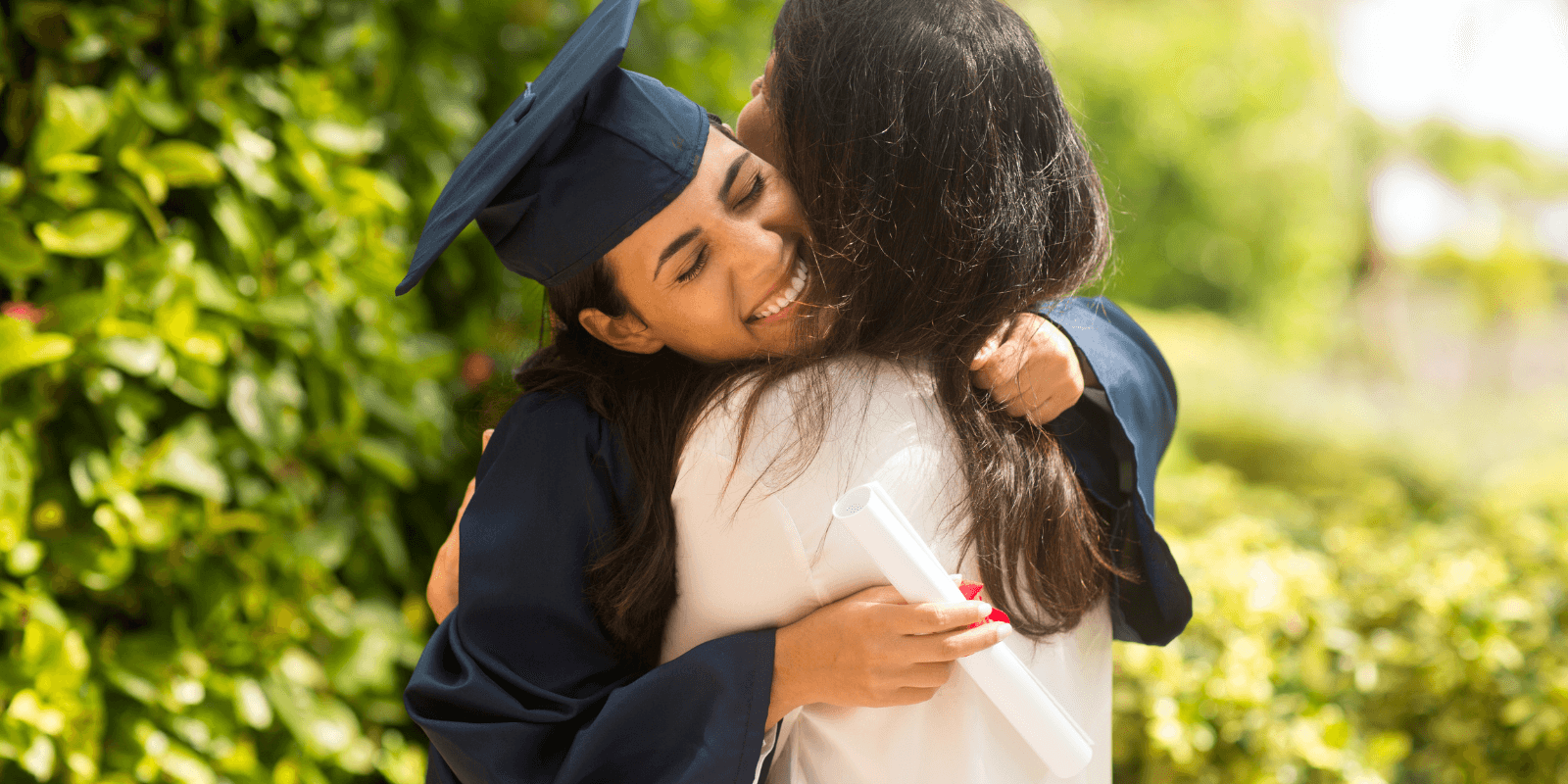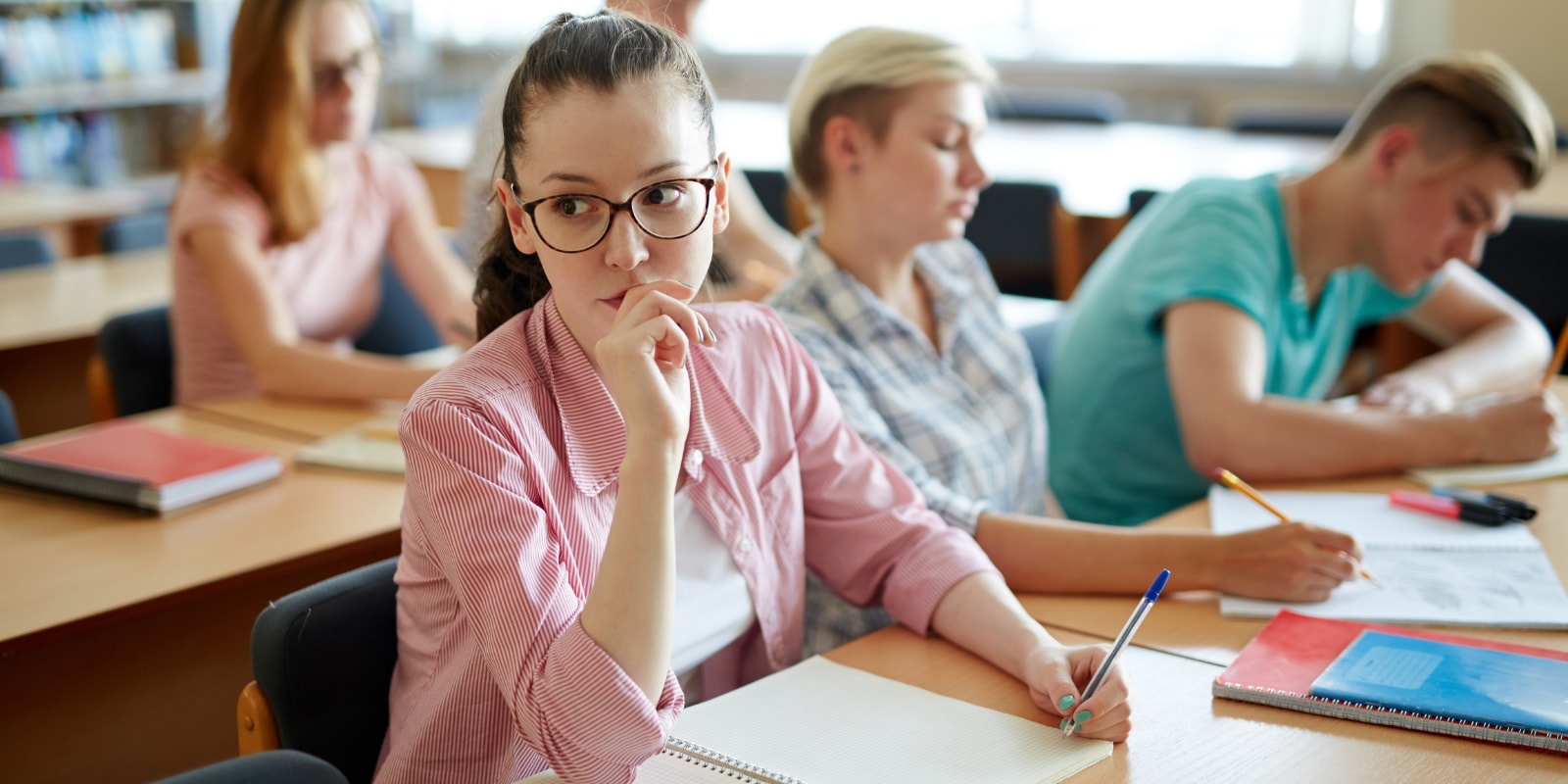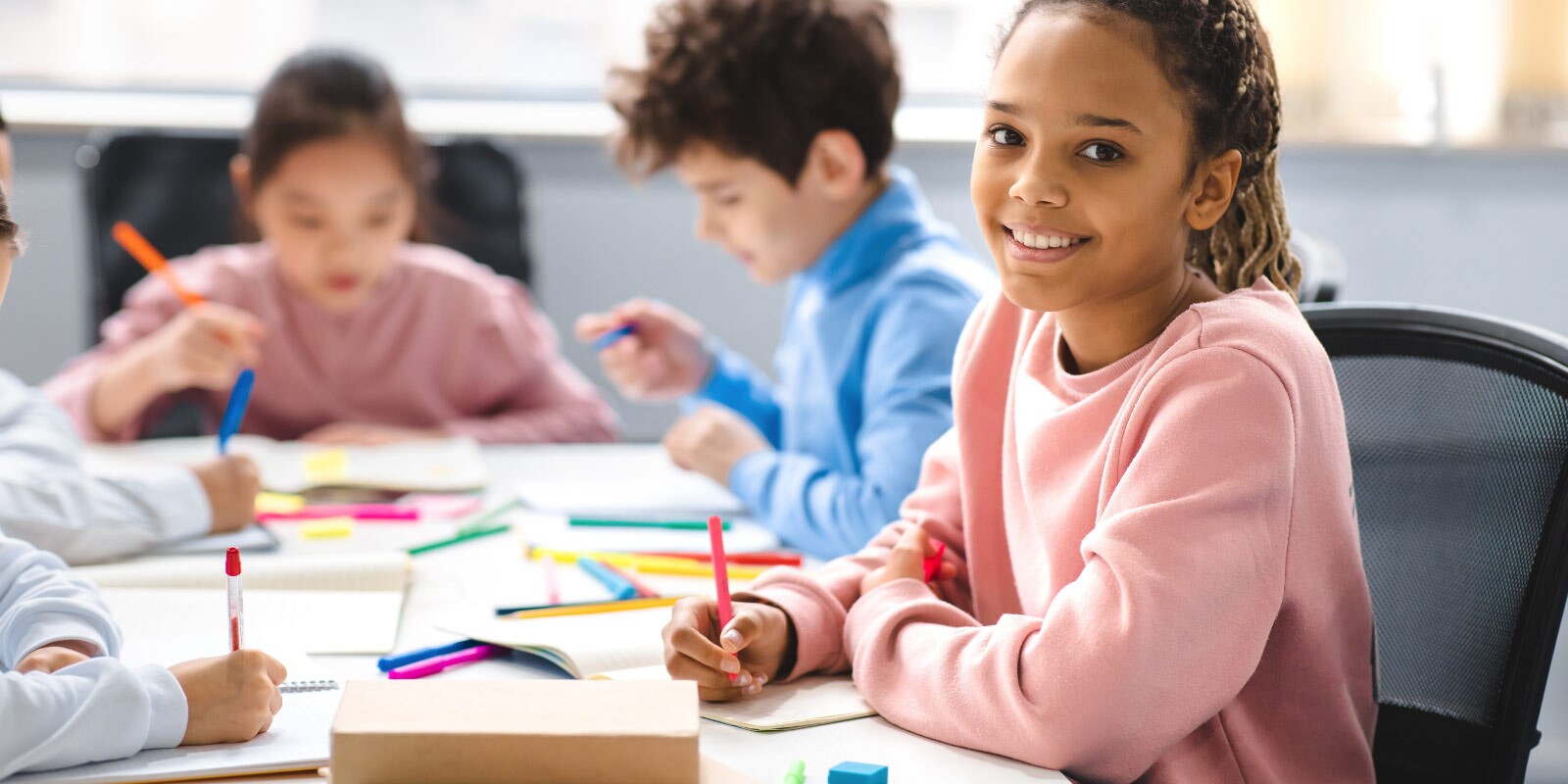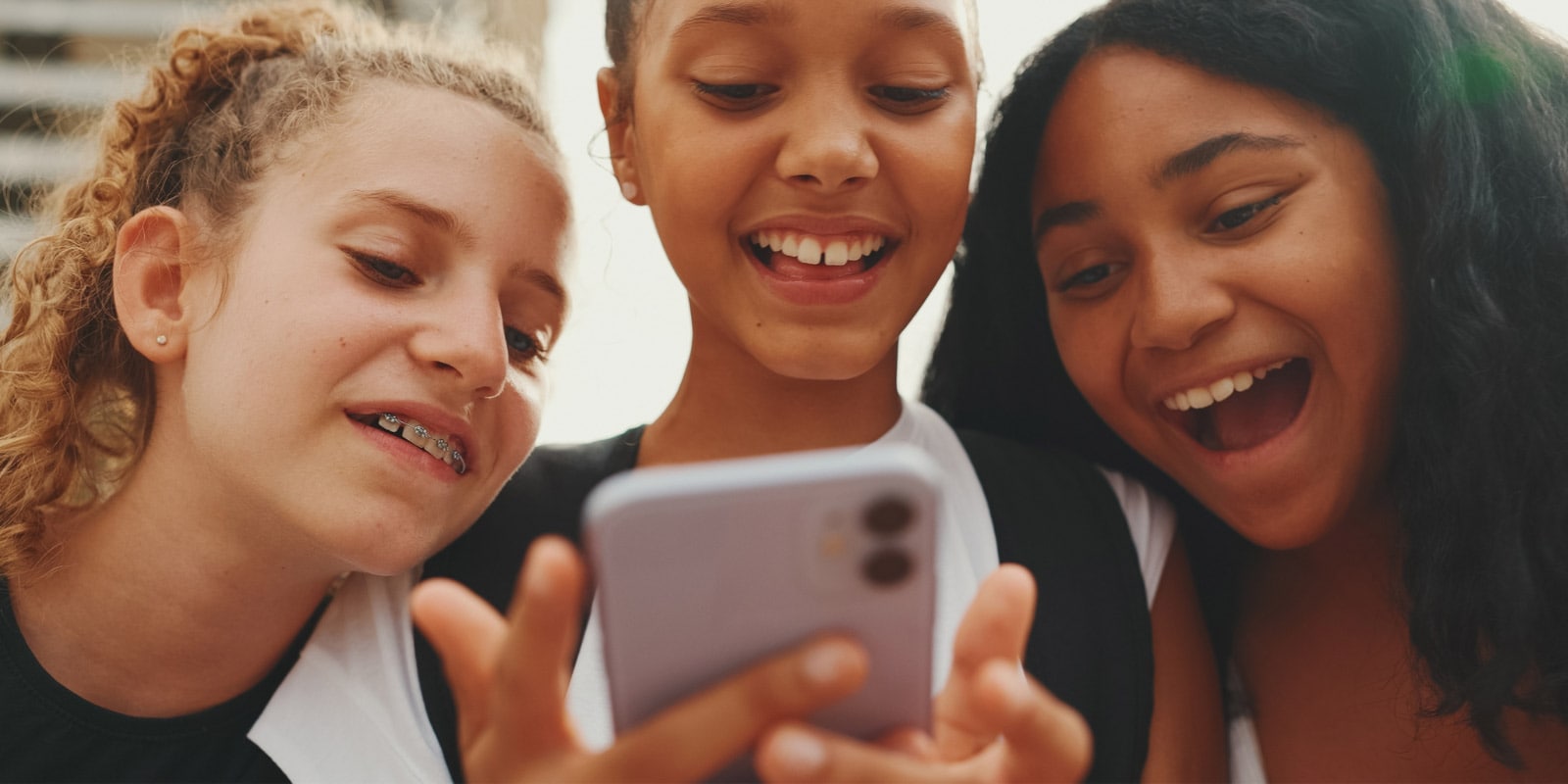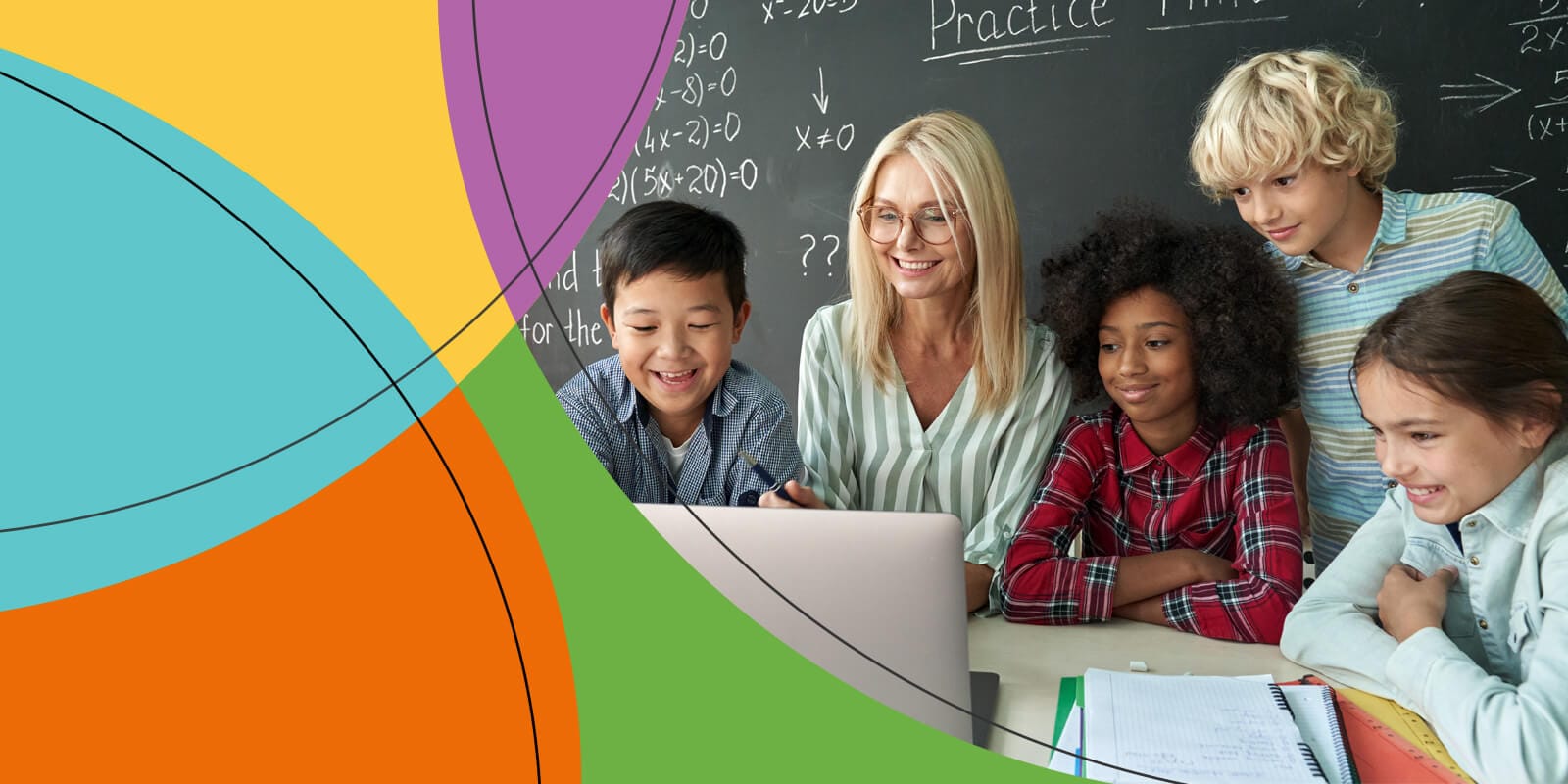Get Ready for BASC-4: What the Authors Want You to Know About the Latest Edition
by
Mental health screening and assessment tools are more important than ever, and one of the most foundational tools — the Behavior Assessment System for Children (BASC) — is about to be released by Pearson in its fourth edition. As we discussed in a recent episode of “Healthy Minds, Bright Futures: How to Navigate Mental Health and Build Support,” the BASC-4 includes key updates for clinicians and educators while also retaining the evidence-based focus that has made it an effective suite of materials for nearly 40 years.
Read more

